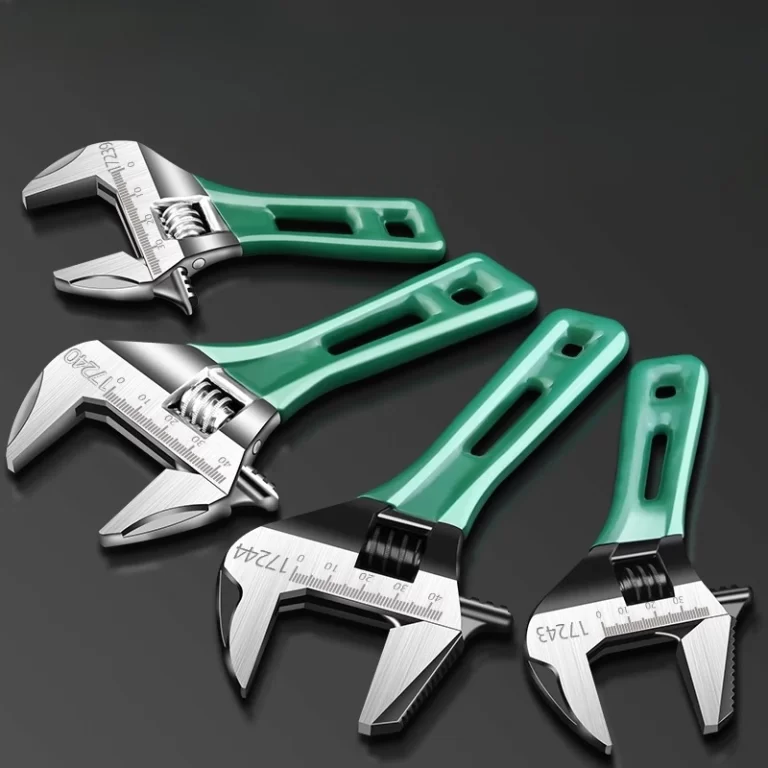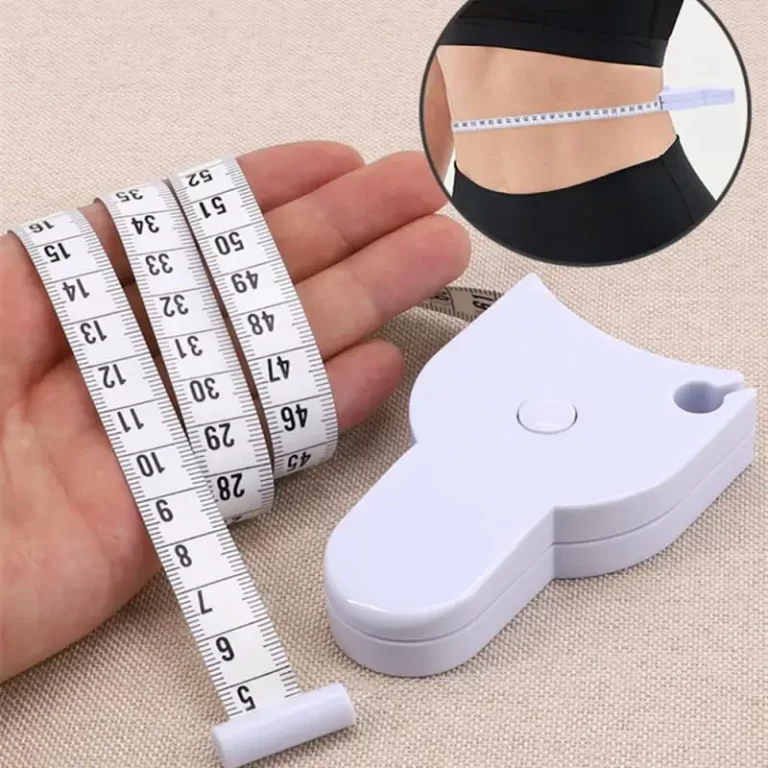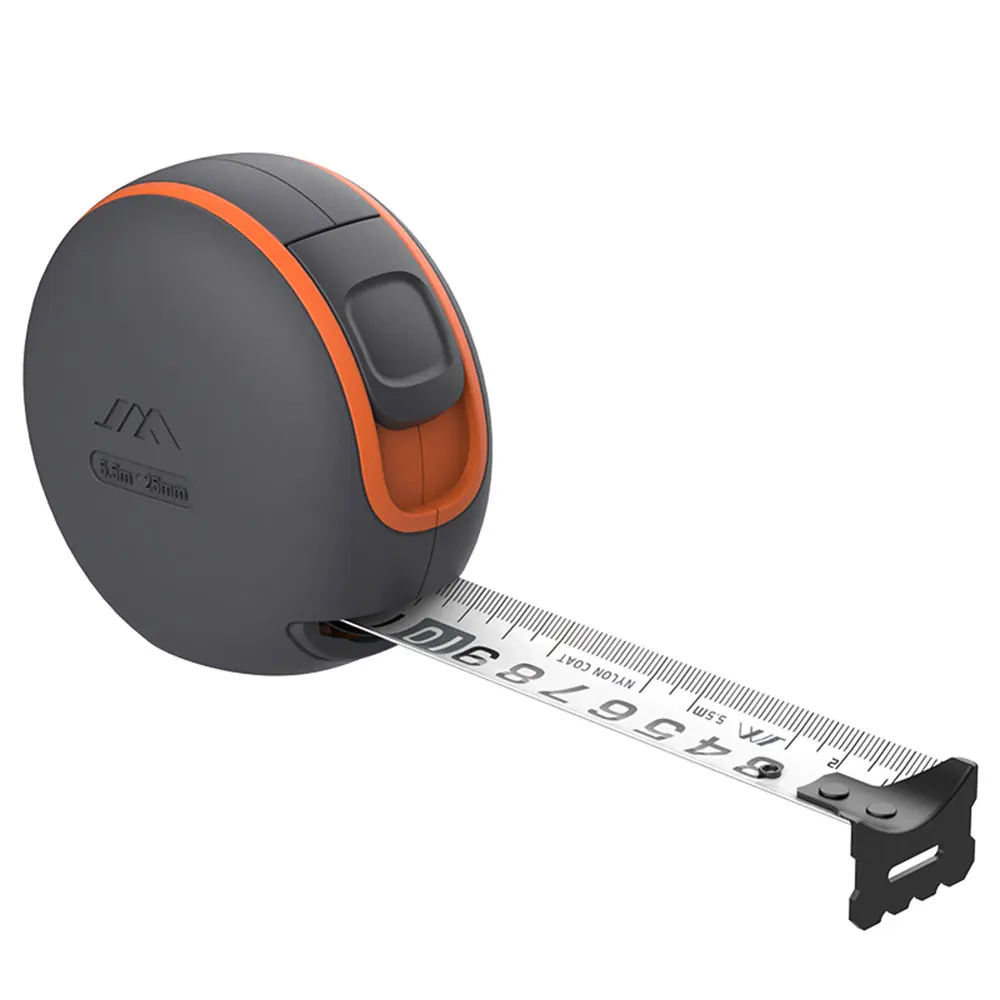
5/16 on a Tape Measure: A Ultimate Guide to Measurements
In the world of construction, DIY projects, and crafting, precision is paramount. Whether you are building a bookshelf, installing cabinetry, or tailoring garments, accurate measurements ensure the success of your endeavors. Among the various measurements marked on a tape measure, the 5/16 on a tape measure stands out as a critical reference point. This article delves into the significance of the 5/16 measurement, exploring its applications, benefits, and tips for achieving precision in your projects.
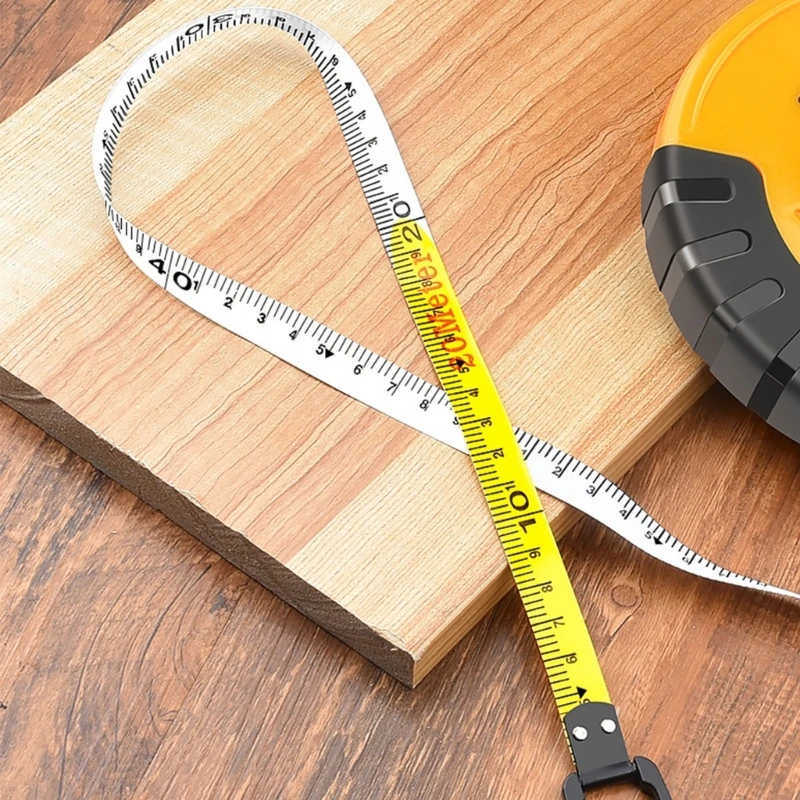 What is 5/16 on a Tape Measure?
What is 5/16 on a Tape Measure?
A tape measure is an essential tool in any toolkit, providing accurate measurements for a myriad of applications. The 5/16 on a tape measure refers to the specific fractional marking that denotes five-sixteenths of an inch. This measurement is particularly useful in woodworking, metalworking, and various crafting projects where precise measurements are crucial. Understanding where and how to use the 5/16 mark can significantly enhance the accuracy and quality of your work.
Understanding Fractional Measurements
Fractional measurements, such as 5/16, are common in the United States and some other countries. They offer a way to express parts of an inch, allowing for detailed and precise measurements. On a standard tape measure, each inch is divided into smaller fractions, typically halves, quarters, eighths, and sixteenths. The 5/16 on a tape measure falls between the 3/8 inch (6/16) and the 1/3 inch (approximately 5.33/16) marks, providing a middle ground for measurements that require a bit more precision.
Importance in Various Trades
Different trades require different levels of precision. For instance, carpenters might use the 5/16 measurement when cutting joints or fitting components together, ensuring that each piece aligns perfectly. Similarly, metalworkers might rely on this measurement when fabricating parts that must fit snugly together. Even in tailoring, the 5/16 on a tape measure can be essential for detailed work, such as creating precise folds or seams.
Practical Applications
The versatility of the 5/16 measurement makes it indispensable across various projects. Let’s explore some practical applications where this specific measurement plays a crucial role.
Woodworking and Carpentry
In woodworking, precision is key to creating sturdy and aesthetically pleasing furniture. The 5/16 on a tape measure is often used when measuring the thickness of materials or spacing joint elements. For example, when constructing a frame, ensuring that each piece is cut to the exact 5/16 inch can make the difference between a wobbly structure and a solid one.
Cutting and Fitting
Accurate cuts are fundamental in carpentry. When marking a 5/16 inch segment on a board, the carpenter can ensure that pieces fit together seamlessly. This precision helps in avoiding gaps or overlaps, which can compromise the integrity of the final product. Moreover, using the 5/16 mark allows for finer adjustments, leading to a more polished and professional finish.
Metalworking and Fabrication
In metalworking, the 5/16 measurement is essential for tasks that require exact dimensions. Whether you are welding, drilling, or assembling parts, having precise measurements ensures that components fit together correctly and function as intended.
Drilling Holes
When drilling holes, especially for bolts or screws, the 5/16 on a tape measure helps in marking the exact spot and depth. This accuracy is crucial for ensuring that fasteners hold components securely without causing damage or misalignment. Additionally, precise hole placement can improve the overall strength and durability of the assembled structure.
DIY Projects and Home Improvements
For DIY enthusiasts, the 5/16 measurement is a go-to reference for various home improvement tasks. From hanging shelves to installing fixtures, this measurement ensures that everything is level, aligned, and securely fastened.
Hanging Fixtures
When hanging heavy items like shelves, mirrors, or artwork, using the 5/16 mark on a tape measure helps in determining the exact placement of anchors and screws. This precision prevents crooked installations and ensures that the fixtures can support the intended weight without risk of falling.
Sewing and Tailoring
In the realm of sewing and tailoring, the 5/16 measurement may seem less obvious, but it plays a significant role in achieving precise fits and professional finishes. Whether you are adjusting seams or adding intricate details, this measurement can guide your handiwork with accuracy.
Creating Precise Seams
When sewing garments or other fabric items, ensuring that seams are even and accurately placed is essential. The 5/16 on a tape measure can help in marking these seams, allowing for consistent stitching and a polished appearance. Additionally, it aids in making minute adjustments needed for a perfect fit.
 Benefits of Using Tape Measure
Benefits of Using Tape Measure
Incorporating the 5/16 measurement into your projects offers numerous benefits, enhancing both the quality and efficiency of your work.
Enhanced Precision
One of the primary advantages of using the 5/16 on a tape measure is the enhanced precision it provides. This specific measurement allows for more detailed and accurate placements, reducing the margin of error in your projects. Whether you are cutting, drilling, or measuring, having access to this fractional measurement ensures that your work meets high standards of accuracy.
Improved Consistency
Consistency is crucial in any project, especially those involving multiple components or repetitive tasks. Using the 5/16 mark helps maintain uniform measurements across different parts, ensuring that everything fits together seamlessly. This consistency not only improves the aesthetic appeal of your work but also its structural integrity.
Time Efficiency
While it might seem that taking the time to measure precisely would slow down a project, in reality, the 5/16 on a tape measure can save you time in the long run. By reducing the need for corrections and adjustments, you can work more efficiently, completing tasks faster and with fewer errors.
Versatility Across Projects
The versatility of the 5/16 measurement makes it applicable across a wide range of projects. Whether you are working with wood, metal, fabric, or other materials, this measurement is a reliable reference point. Its applicability across different mediums enhances its value as a critical tool in your measuring arsenal.
Tips for Accurately Using a Tape Measure
To maximize the benefits of the 5/16 on a tape measure, it’s essential to use it accurately and effectively. Here are some tips to help you achieve precision in your measurements.
Choose the Right Tape Measure
Not all tape measures are created equal. Selecting a high-quality tape measure with clear markings can make a significant difference in your ability to accurately identify the 5/16 inch mark. Look for tape measures that have bold, easily readable numbers and distinct fractional markings to minimize the risk of misreading measurements.
Marking Techniques
When marking the 5/16 measurement, it’s important to use a precise marking tool. A sharp pencil or a marking knife can help create clear and accurate lines. Additionally, using a straight edge or a ruler can ensure that your marks are aligned correctly, preventing any skewed measurements.
Double-Check Your Measurements
Even with careful measurement, mistakes can happen. Therefore, always double-check your measurements before making cuts or adjustments. Verifying the 5/16 inch mark against another point on the tape measure can help confirm its accuracy, ensuring that your project stays on track.
Practice Consistent Measurement Habits
Developing consistent habits when using the 5/16 measurement can enhance your overall accuracy. For instance, always measuring from the same starting point on your tape measure and maintaining a steady hand can reduce variability in your measurements. Consistency in your approach leads to more reliable and repeatable results.
Use Proper Tape Measure Handling
How you handle your tape measure can impact the accuracy of the 5/16 measurement. Avoid stretching the tape measure when taking measurements, as tension can distort the markings. Instead, allow the tape to lay flat and tension-free against the material you are measuring, ensuring that the 5/16 mark remains true to scale.
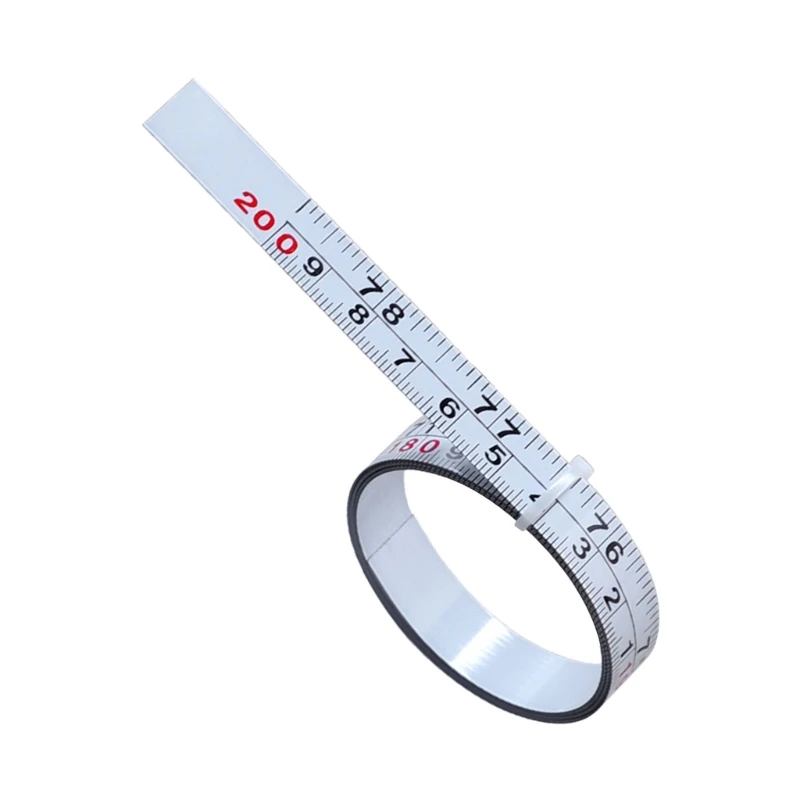 Common Mistakes to Avoid
Common Mistakes to Avoid
While using the 5/16 measurement can enhance your projects, it’s essential to be aware of common pitfalls that can lead to inaccuracies. By avoiding these mistakes, you can ensure that your work remains precise and professional.
Misreading the Markings
One of the most common mistakes is misreading the fractional markings on the tape measure. The 5/16 mark is close to other fractions, such as 3/8 (6/16) and 1/3 (approximately 5.33/16). Taking a moment to carefully identify the correct 5/16 position can prevent errors that might compromise your project.
Overlooking the Zero Point
Starting your measurement from the correct zero point is vital. Many tape measures have additional markings before the actual zero, which can lead to miscalculations if overlooked. Ensure that you begin measuring exactly from the zero mark to accurately capture the 5/16 inch measurement.
Using Damaged Tape Measures
A tape measure that is bent, stretched, or worn out can provide inaccurate readings. Regularly inspect your tape measure for any signs of damage and replace it if necessary. A well-maintained tape measure ensures that the 5/16 mark and other measurements remain reliable.
Ignoring Material Expansion
When measuring materials that are prone to expansion or contraction, such as wood or metal, temperature and humidity can affect their dimensions. Consider these factors when marking the 5/16 inch, especially in environments where conditions fluctuate, to maintain measurement accuracy.
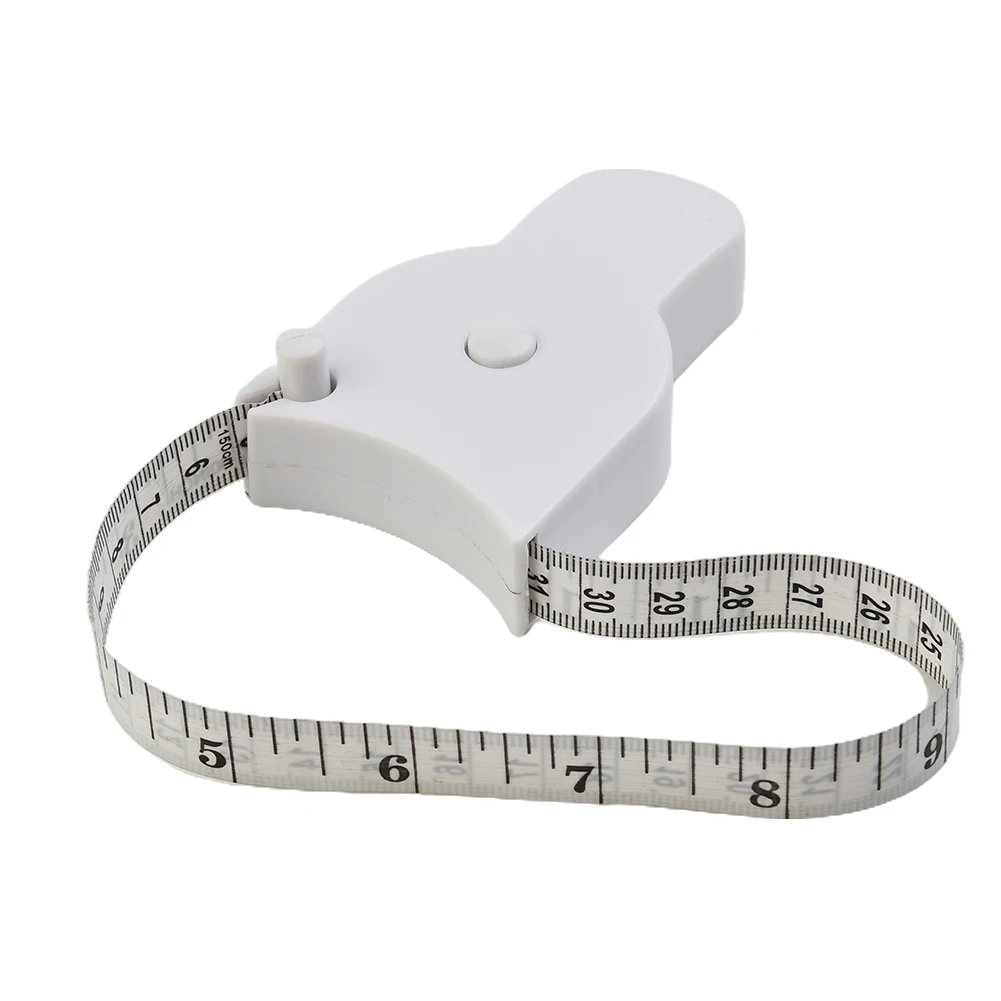 Advanced Techniques for Precision
Advanced Techniques for Precision
For those looking to take their measurement skills to the next level, incorporating advanced techniques can further enhance the accuracy and efficiency of using the 5/16 mark on a tape measure.
Calibrating Your Tape Measure
Periodically calibrating your tape measure ensures that all markings, including the 5/16 inch, remain accurate. Use a known reference standard or a calibration tool to verify the precision of your tape measure. Calibrating your tool helps in identifying and correcting any discrepancies before they impact your projects.
Combining with Other Measuring Tools
While the tape measure is versatile, combining it with other measuring tools can increase precision. For instance, using a combination square or a ruler alongside the tape measure can help verify the 5/16 inch measurement. This cross-verification ensures that your measurements are spot-on.
Implementing Measurement Jigs
In repetitive or complex projects, using measurement jigs can streamline the process. A jig designed to mark the 5/16 inch consistently can save time and reduce the likelihood of errors. By standardizing the measurement process, you ensure uniformity across all your workpieces.
Precision Marking with Templates
Creating or using templates can aid in marking the 5/16 inch accurately, especially for intricate or small-scale projects. Templates provide a stable base for your measurements, allowing for more controlled and precise markings. This technique is particularly useful in detailed woodworking and metal fabrication tasks.
The Impact of a Tape Measure in Professional Settings
In professional settings, the use of precise measurements like the 5/16 inch is often a benchmark of quality and expertise. Employers and clients alike value the attention to detail that accurate measurements demonstrate. Understanding the role of the 5/16 mark can elevate the standard of your work, making you a more reliable and skilled professional.
Building Trust with Clients
Accurate measurements build trust with clients, as they reflect your commitment to quality and precision. When clients see that you consistently use the 5/16 measurement for important aspects of their projects, they gain confidence in your abilities. This trust can lead to repeat business and positive referrals, enhancing your professional reputation.
Enhancing Project Efficiency
In professional environments, efficiency is crucial for meeting deadlines and managing costs. Using the 5/16 on a tape measure accurately can reduce the need for rework and adjustments, streamlining the project timeline. Efficient measurement practices contribute to smoother workflows and better resource management.
Meeting Industry Standards
Many industries have specific standards and guidelines that dictate measurement practices. Mastering the 5/16 inch measurement ensures that your work aligns with these standards, whether in construction, manufacturing, or tailoring. Adhering to industry benchmarks not only ensures compliance but also showcases your proficiency in your field.
 Conclusion
Conclusion
In summary, the 5/16 on a tape measure is more than just a fractional marker; it is a vital reference point that enhances precision, consistency, and efficiency across a wide range of projects. From woodworking and metalworking to DIY home improvements and tailoring, this specific measurement plays a crucial role in ensuring the quality and success of your work. By understanding its applications, benefits, and best practices, you can harness the full potential of the 5/16 inch mark, elevating your craftsmanship and achieving outstanding results in every project you undertake.
